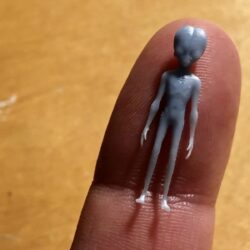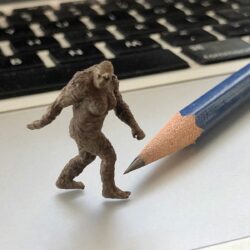The unicorn is known as a creature of legend, one with a single large, spiraled and pointy horn which projects from its forehead. They were spotted in early Mesopotamian artwork and were often noted in myths and stories deriving from China, Greece, and India. In Greek mythology writers strongly believed that unicorns were running wild in a faraway distant realm. That distant realm was India and Greek physician Ctesias quoted in his book ‘‘On the Nature of Animals’’ that he believed India produced a one-horned horse. Some argued that he wasn’t seeing a unicorn, but instead was citing the Indian Rhinoceros. In Iran, unicorns were said to be found in Persepolis and the Hebrew Bible describes an animal called the ‘‘re’em’’ which some believe to be the unicorn.
The unicorn has always been depicted as a symbol of grace and purity, with its horn said to hold the power to cleanse poisonous water and to heal sickness. In medieval times, they would sell the tusks of the Narwhal whale and advertise it as a Unicorn horn.
The Celts, Romans, and Persians also described a white magical horse with a single horn. The creature was said to represent strength, grace, and freedom. The unicorn has been a symbol on the Scottish coat of arms since the 12th century. As you can see, unicorns have been present in our culture for a long time, and so the recent introduction of National Unicorn Day in 2015 is a welcome one.
- from https://nationaltoday.com/national-unicorn-day




















Reviews
There are no reviews yet.